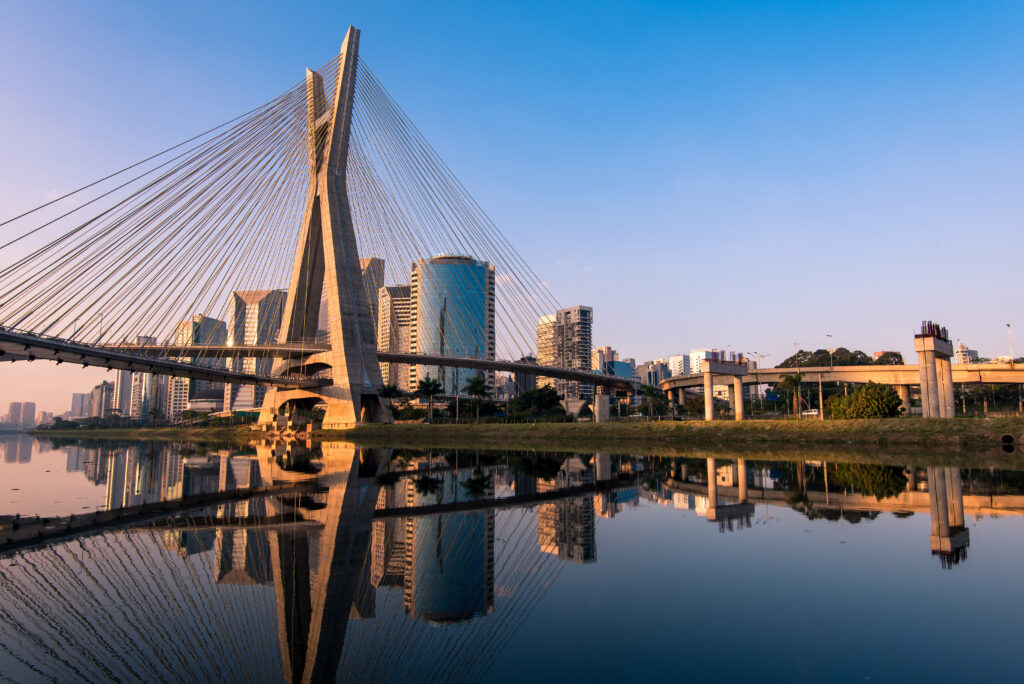
Ready to explore the largest city in Brazil and South America? Welcome to São Paulo,a bustling metropolis where culture, gastronomy, architecture and vibrant nightlife come together. In this article, we've put together a top 17 list of the city's must-sees, so you don't miss a thing of this extraordinary destination. Whether you're a lover of art, nature or wild parties, São Paulo is sure to seduce you. From the emblematic Avenida Paulista to the hidden treasures of the bohemian neighborhoods, get ready for total immersion in the bustle of this cosmopolitan city. So follow the guide and let yourself be carried away by the contagious energy of this fascinating city by discovering the 16 must-do things to do in São Paulo!
1. Stroll along Avenida Paulista, one of São Paulo's most emblematic thoroughfares
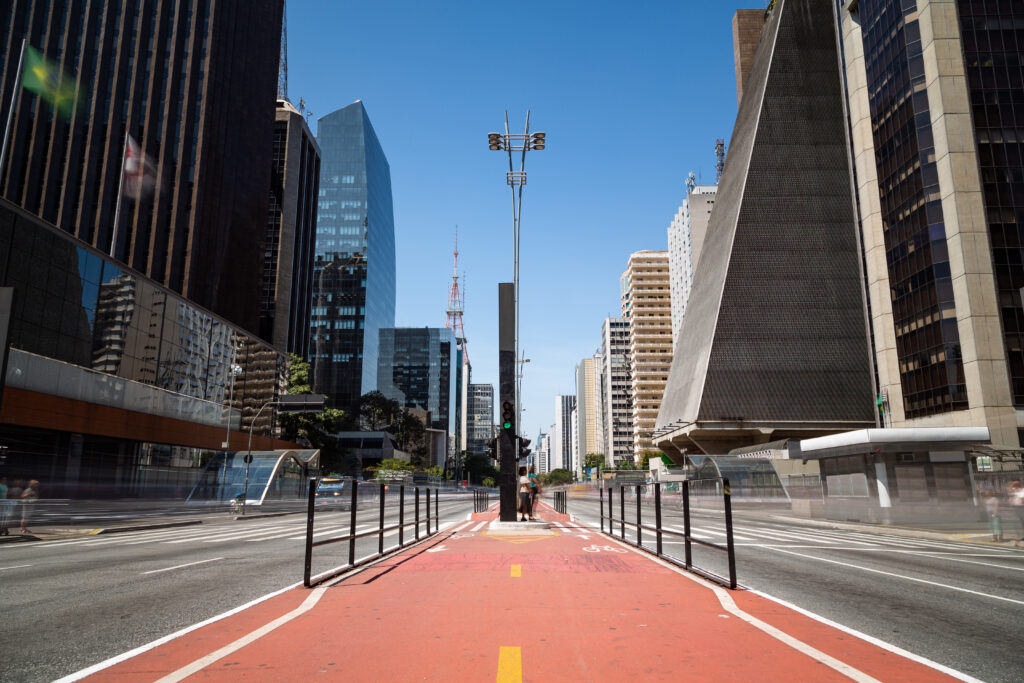
Start your day with a stroll along Avenida Paulista, one of São Paulo's most emblematic thoroughfares. This 2.8-kilometer avenue is a veritable concentration of Paulista's effervescence. Here, modern skyscrapers rub shoulders with historic buildings, trendy shopping malls compete with local designer boutiques, and trendy restaurants and bars follow one another. But Avenida Paulista is also a place of culture, with numerous museums, art galleries and exhibition spaces. On Sundays, the avenue is transformed into a huge pedestrian promenade, where Paulistanos love to stroll with family and friends. So take the time to stroll down this mythical avenue, and let yourself be carried away by the unique atmosphere.
You can also book this guided tour of the city's highlights , which will take you on a tour of São Paulo's most beautiful sites, monuments and historic landmarks.
2. What to do in São Paulo Visit the MASP (Museu de Arte de São Paulo)
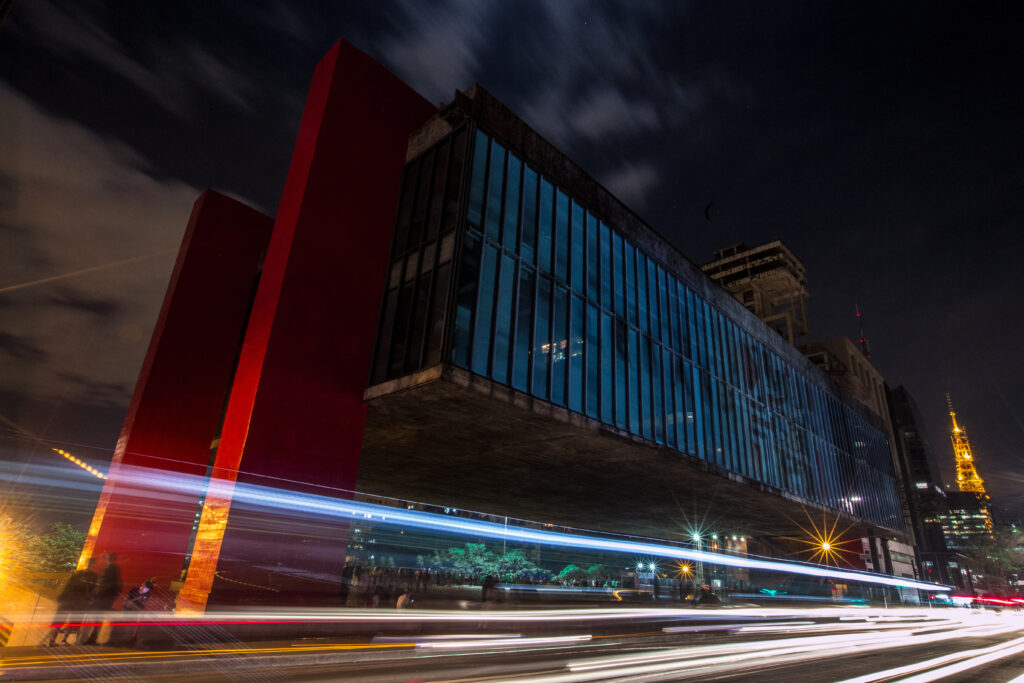
Its four gigantic red pillars and rectangular glass body have become a symbol of the city. The city's grand museum (pronounced "maspé") is the largest in Latin America devoted to Western art . It features a great deal of French painting, as well as Italian, and to a lesser extent Spanish, Portuguese, Flemish, Dutch, English and German. As for Italian painting, don't miss Botticelli's Virgin and Child, Raphael's Resurrection of Christ, or Piero di Cosimo's Woman and Child.For French painting, it's mainly the Renaissance Mannerists that are on show, along with Impressionists (Cézanne, Manet, Degas, Monet and Renoir) and Post-Impressionists (Gauguin, Van Gogh, Toulouse-Lautrec). The Brazilian art collection features modernist artists such as Tarsila do Amaral, Anita Malfatti and Lasar Segall.
3. São Paulo State Pinacoteca
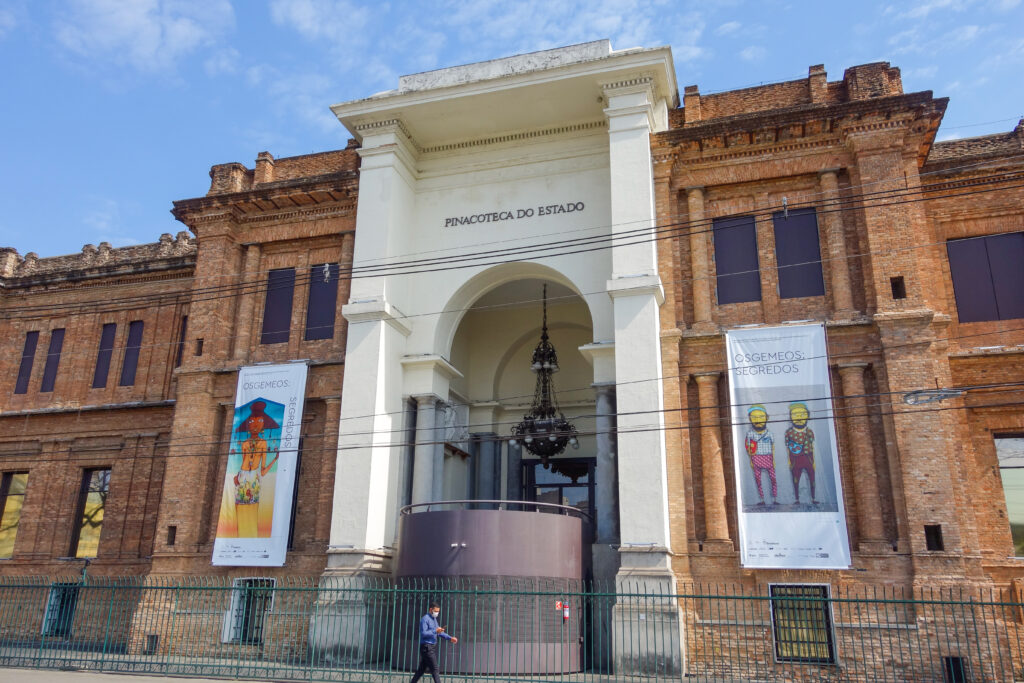
São Paulo's "Pinacoteca " is housed in a superb building designed by architect Ramos de Azevedo in 1895 (who also built the Municipal Theater and the Mercado Central). Today, it boasts a permanent collection of almost 100,000 works. You'll see many sculptures and engravings by Brazilian artists, including works by 19th-century painter Almeida Junior, or landscapes by Antônio Parreiras and Benedito Calixto. The museum's undeniable asset is its collection of 20th-century modernist paintings , notably by Victor Brecheret, Lasar Segall, Flávio de Carvalho and the very feminine Tarsila do Amaral and Anita Malfatti. There are also sculptures by French artists Rodin and Maillol, and works by contemporary Brazilian artists Paulo Monteiro and Nuno Ramos.
4. What to do in São Paulo Visit Sao Paulo's MAM (Museu de Arte Moderna)
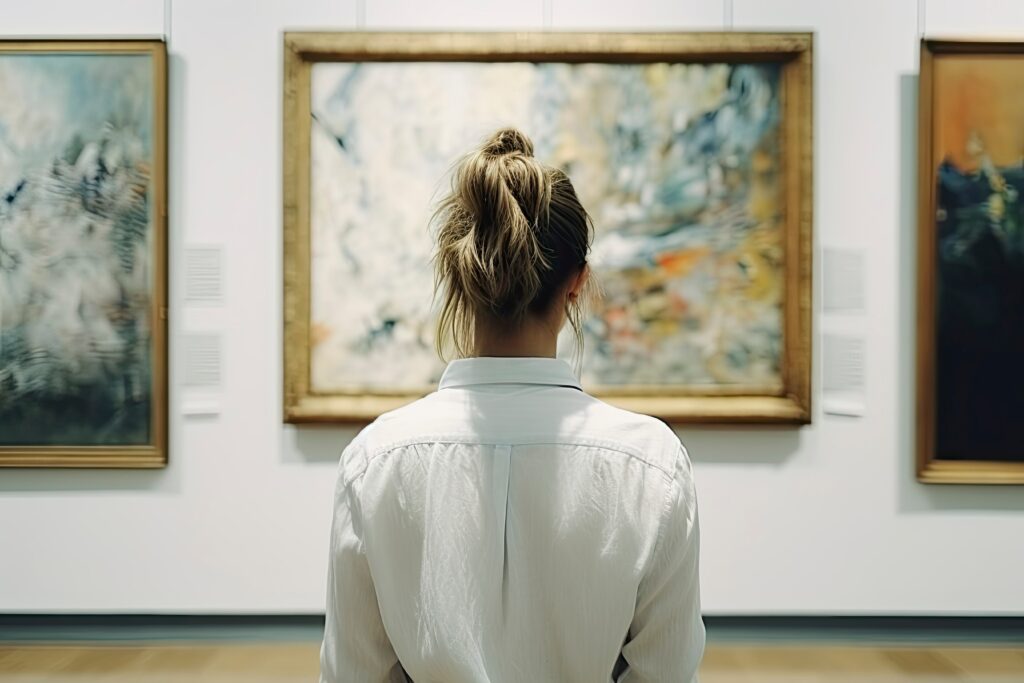
Are you a fan of modern art? Don't miss São Paulo's MAM (Museu de Arte Moderna), a true world reference in the field, on a par with New York's famous MOMA. Throughout the year, the MAM presents temporary exhibitions showcasing the work of national and international artists in a variety of media, including painting, photography and sculpture. Although the permanent exhibition is not very large, it is well worth the detour for the quality of the works on display. Take advantage of your visit to browse the boutique, discover the library and take a break at the on-site bar-restaurant.
5. What to do in São Paulo Visit the Monastery of San Benito (Mosteiro de São Bento)
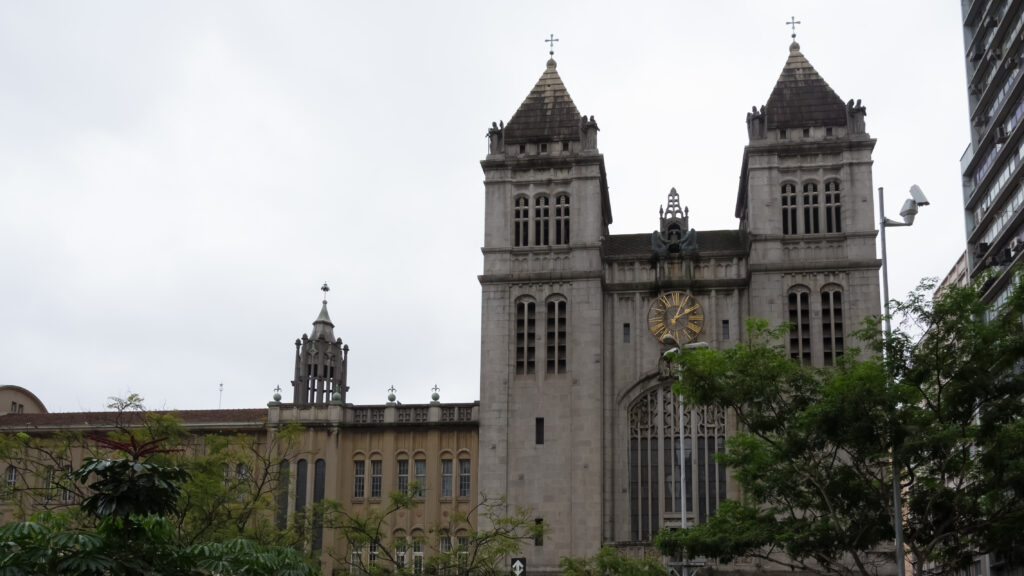
This magnificent monastery, built in the late 16th century (although the most recent buildings date from the 20th century), is a true architectural gem. It is sumptuously decorated with neo-Gothic elements, numerous stained glass windows, sculptures and paintings, including the impressive Baroque crucifix from 1777, the 18th-century Portuguese image of Nossa Senhora da Conceição and the icon of the Virgin of Kasperovo from 1893. The complex includes a church (Basílica de Nossa Senhora da Assunção) and a convent with 40 monks. You absolutely must see it with your own eyes! And what better opportunity to do so than during the masses, celebrated with Gregorian chants every day and especially on Sundays at 10 a.m.?
6. sé Cathedral
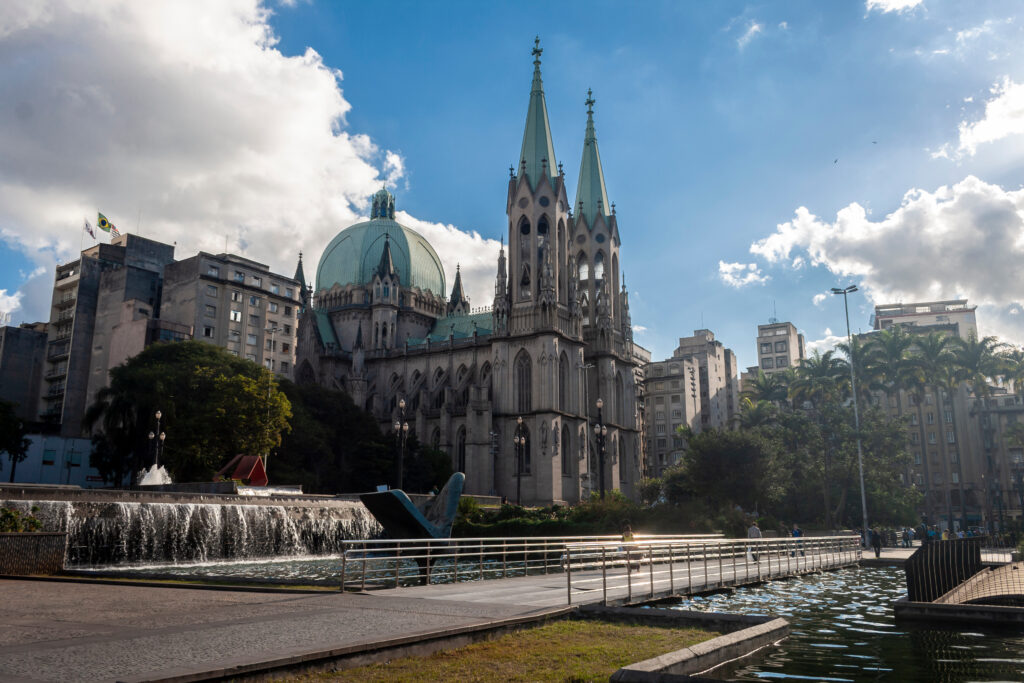
Sé Cathedral isone of the four most imposing neo-Gothic buildings in the world. It can accommodate up to 8,000 worshippers and took 800 tons of marble to build! The mosaics, sculptures and furnishings were imported from Italy, including the imposing organ from Milan, the largest in South America (12,000 pipes). The overall effect is neo-Gothic, complemented by a beautiful Renaissance dome reminiscent of the Italian duomo. The mosaics are well worth a look, as are the pulpits, whose staircase winds around an enormous pillar. Beware of the environment when you're there, as there's a lot of poverty in the area.
7. What to do in São Paulo visit the Museum of Sacred Art
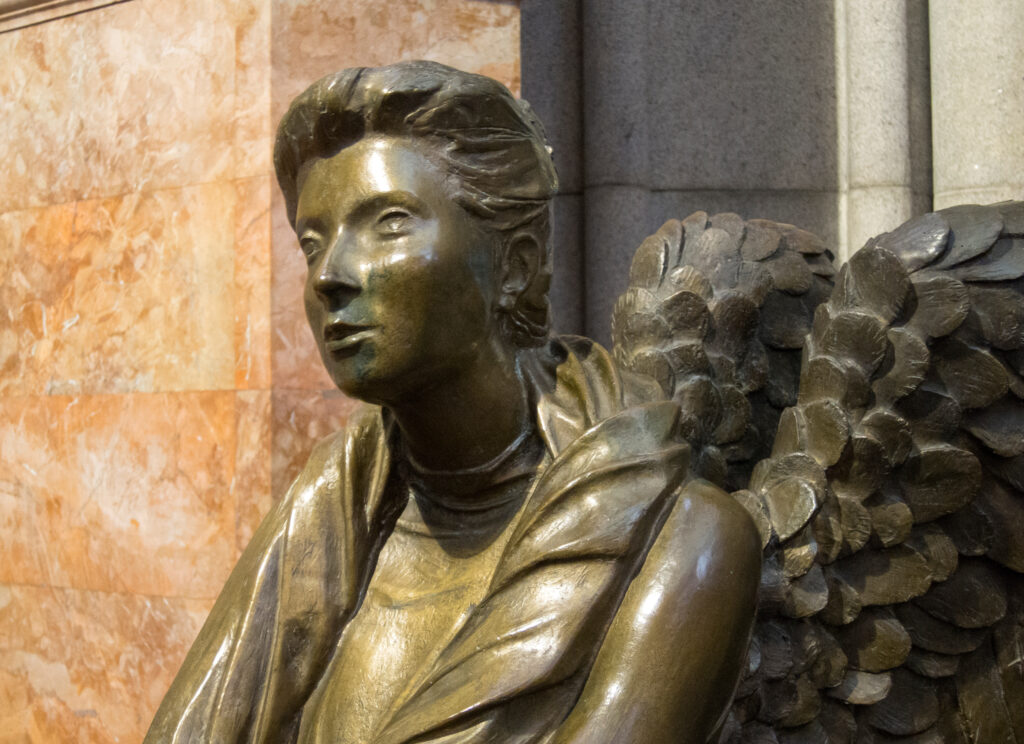
Don't miss São Paulo's Museum of Sacred Art, a must-see to understand the importance of the Catholic religion in the creation of Brazil. The museum brings together splendid objects used in Catholic worship. Nativity scenes are one of the museum's star attractions, especially the one in the annex. You'll also be able to admire some very unusual and interesting pieces, such as a particularly realistic statue of Christ on the cross, an important collection of silver artifacts including a large staff and crown, as well as well-executed paintings in a naïve/folkloric style.
8. See the Teatro Municipal de São Paulo
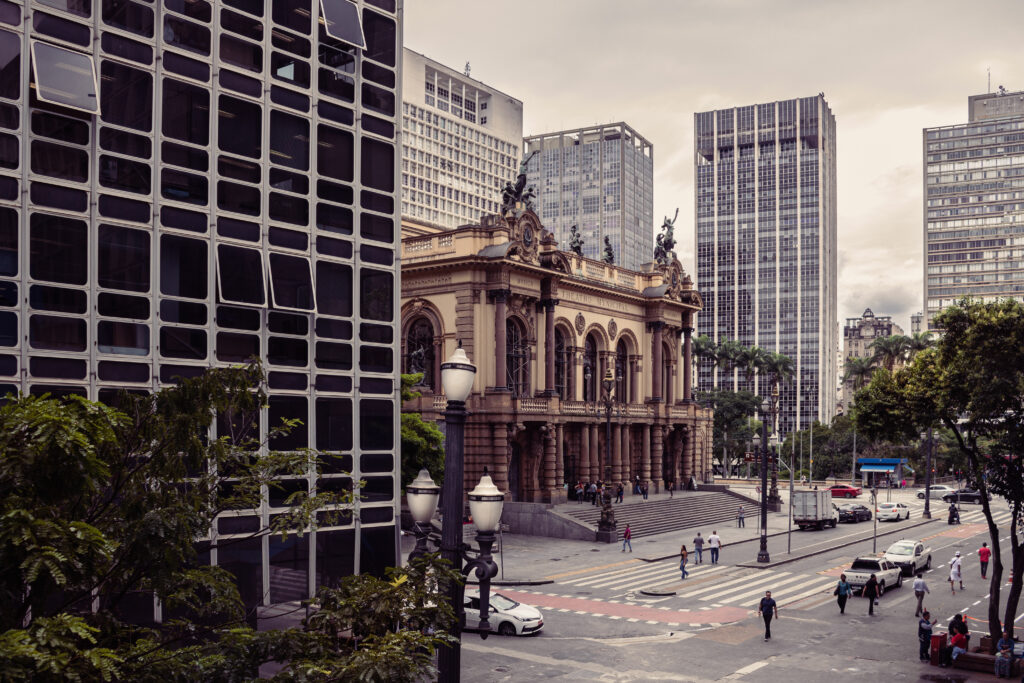
It seems to have been mistakenly placed in the middle of this very modern central district. In fact, the theater is proof of the historical evolution of Paulist architecture over the years, with glass skyscrapers, 30's buildings and colonial-style houses. The imposing São Paulo Theatre is one of Brazil's largest opera houses and a lively venue that regularly stages shows, ballets and operas. Be warned, however: while the district is a pleasant place to visit during the day, exercise caution when venturing out at night.
9. Parque Ibirapuera
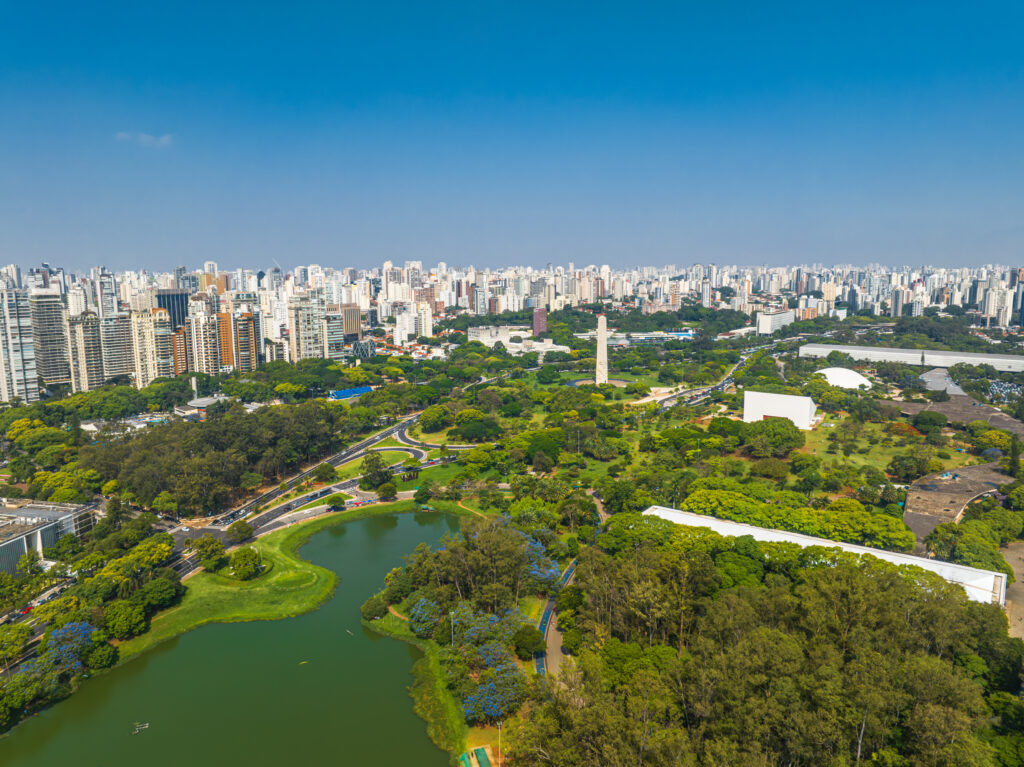
São Paulo is a sprawling megalopolis that never lets up. For those seeking a welcome respite from the constant hustle and bustle, the parks offer an ideal escape. The Parque Ibirapueral is ideal, especially asit is one of the most beautiful urban parks in the world . Once the ancestral land of indigenous peoples, Parque Ibirapuera was created in the 1920s thanks to the initiative of the city's prefect. Today, its vast expanse is home to tropical biodiversity contrasting with ultra-modern structures such as the Legislative Assembly, the velodrome and even a planetarium. An atypical setting, full of contradictions, where tourists and locals alike gather to enjoy themselves.
10. What to do in São Paulo Visit the bohemian district of Vila Madalena
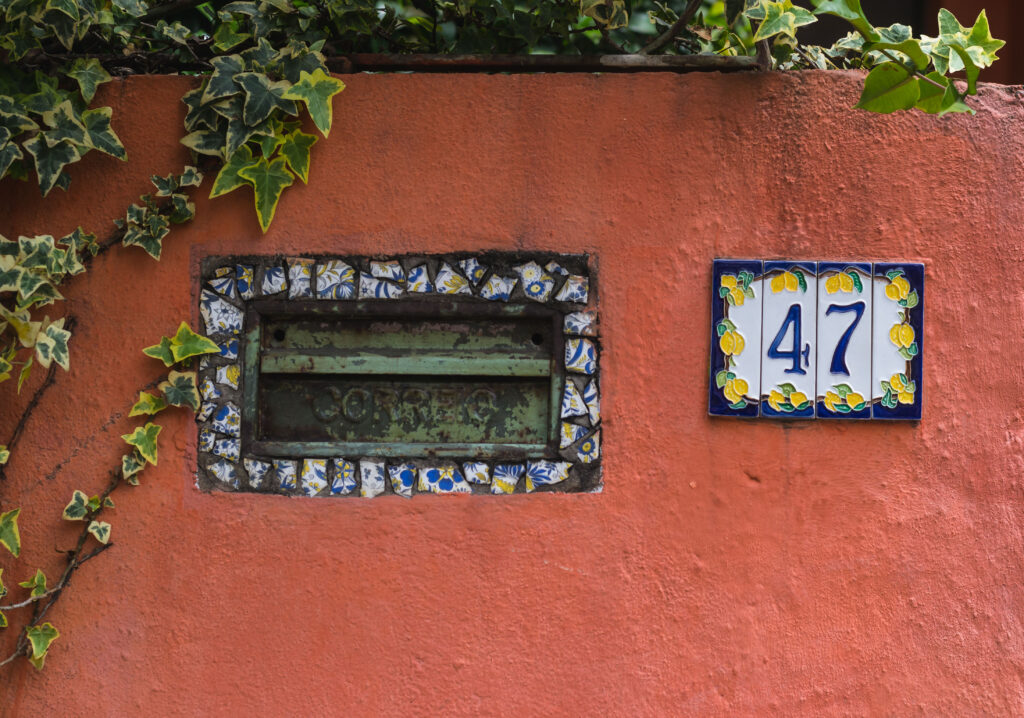
With its colorful graffiti-lined streets, trendy boutiques and lively bars and restaurants, Vila Madalena is one of the city's trendiest neighborhoods and the ideal place to stroll and discover São Paulo's alternative vibe. Don't miss the famous Beco do Batman, an alleyway entirely covered in graffiti, and the Praça Benedito Calixto, where an artisanal market is held every Saturday. There are also numerous art galleries and design studios, as well as concert halls and theaters. At night, Vila Madalena becomes even livelier, with numerous bars and clubs where you can dance the night away.
11. Instituto Butantan
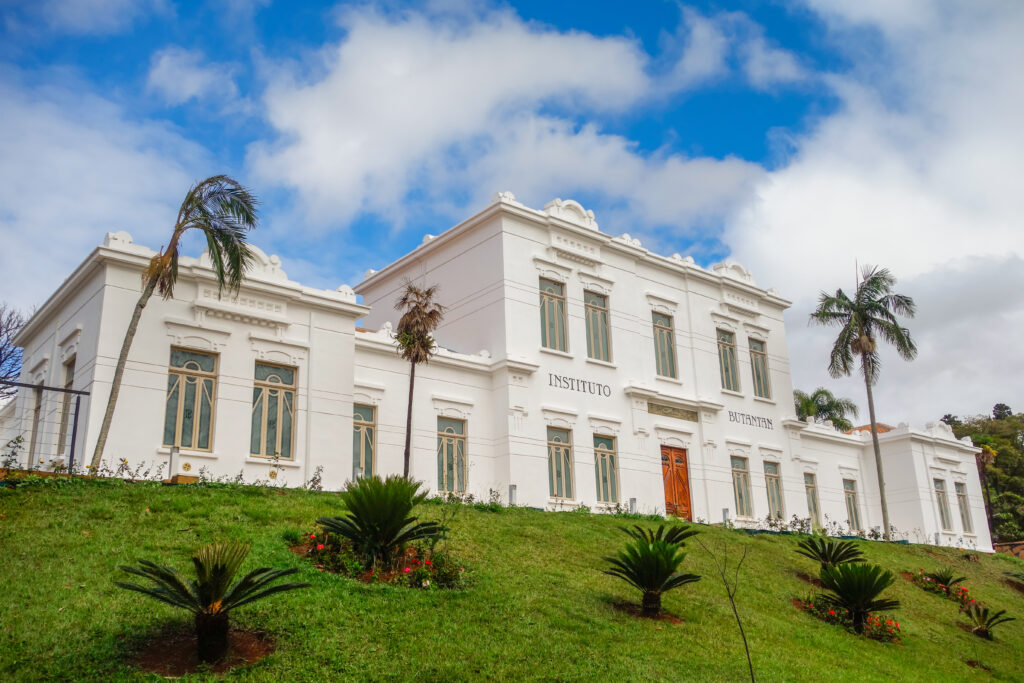
Looking for a peaceful, leafy spot in São Paulo? Don't miss Parc Butantan, a veritable haven of peace for Paulistanos. With its bougainvilleas, rosehips and coffee trees, this park is a veritable jewel of nature in the heart of the city. More than just a park, it's also an internationally renowned medical research center, specializing in the study and manufacture of serums from snake venoms. Founded in 1902, the center now houses an impressive collection of over 80,000 specimens of 407 different species.
12. What to do in São Paulo See the Edifício Copan
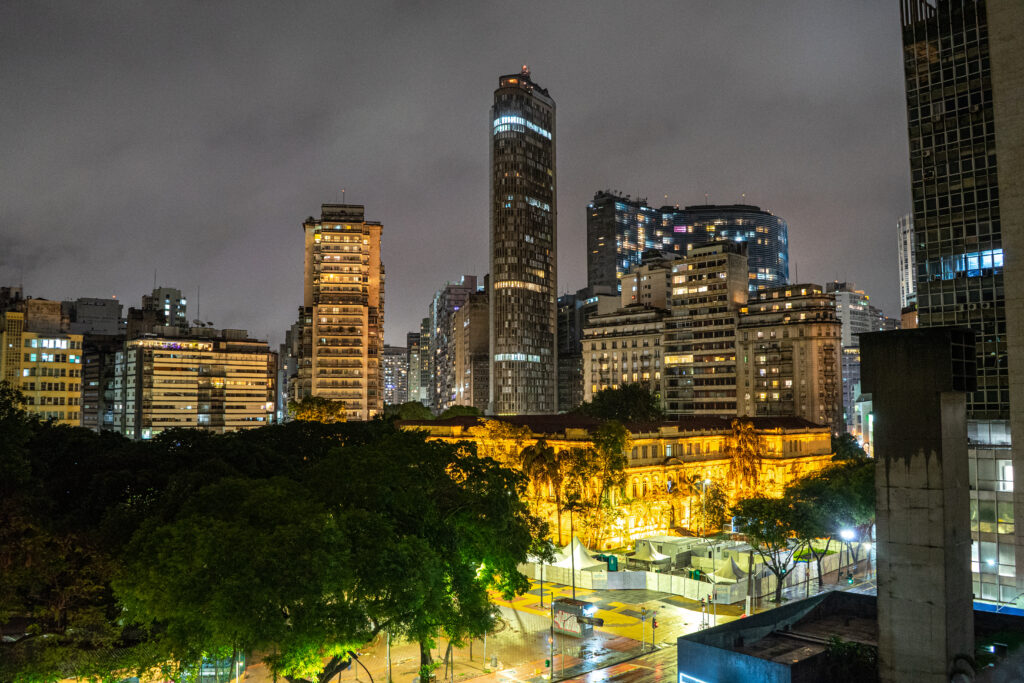
The Edificio Copan is one of the city's most emblematic buildings. It is the most imposing concrete structure in São Paulo. Its creator, nicknamed the "genius of curves", conceived this grandiose structure in a sinuous wave-like form, in the most daring modernist style. He wrote: "It's not the right angle that attracts me, or the straight, hard, inflexible line... what attracts me is the free, sensual curve". The building offers a striking contrast to the other buildings in old São Paulo. Imagine a 115-metre-high building with a 45,000m2 façade, 35 floors, 1,160 apartments and almost 2,000 residents. A city within a city!
13. The Mercado Municipal de Sao Paulo
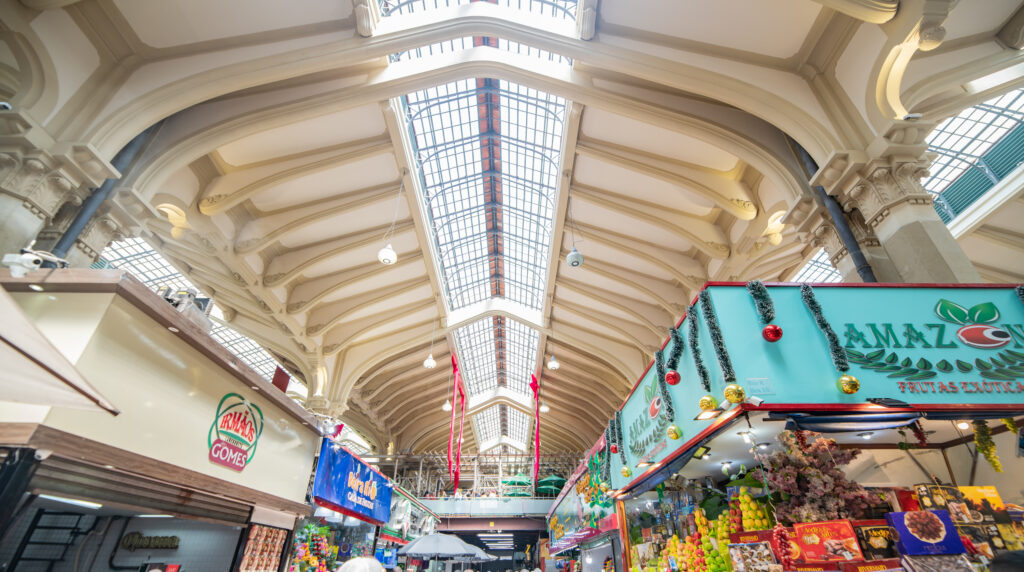
Inaugurated in 1933, this covered market is a true architectural gem of the period, with its colorful stained-glass windows depicting agricultural scenes and its steel structure. Built by Francisco de Paula Ramos de Azevedo, architect of the Pinacoteca and the Municipal Theater, the Mercado Municipal is a veritable temple to Brazilian gastronomy. Here, you can sample some of the country's most famous specialties, such as the highly prized "Hocca" and "Brasileirinho". It's impossible to leave the mercadão without trying the large mortadella sandwich (a little greasy) or the cod pastel.
14. What to do in São Paulo Discover São Paulo's Japanese Quarter at Liberdade
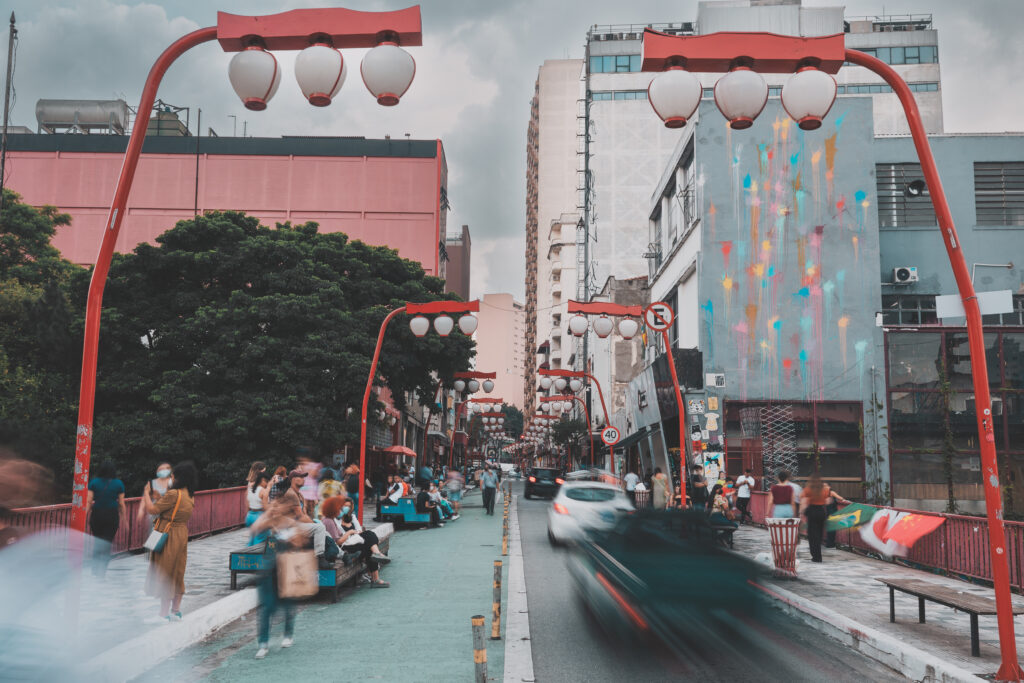
Don't miss the Japanese district of Liberdade, one of the largest Asian neighborhoods in Latin America. With its streets lined with red lanterns, manga stores and sushi restaurants, Liberdade is a veritable little slice of Japan in the heart of São Paulo. Here you can discover Japanese culture in all its forms, from martial arts and the tea ceremony to calligraphy and origami. Don't miss the Nippakujji Buddhist temple, one of the largest in South America, and the Liberdade market, where the flavors and colors of Asia mingle. We recommend that you book this Liberdade Street Food tour, which will take you through the streets of Liberdade and its markets, tasting emblematic dishes.
15. The Museu Afro Brasil
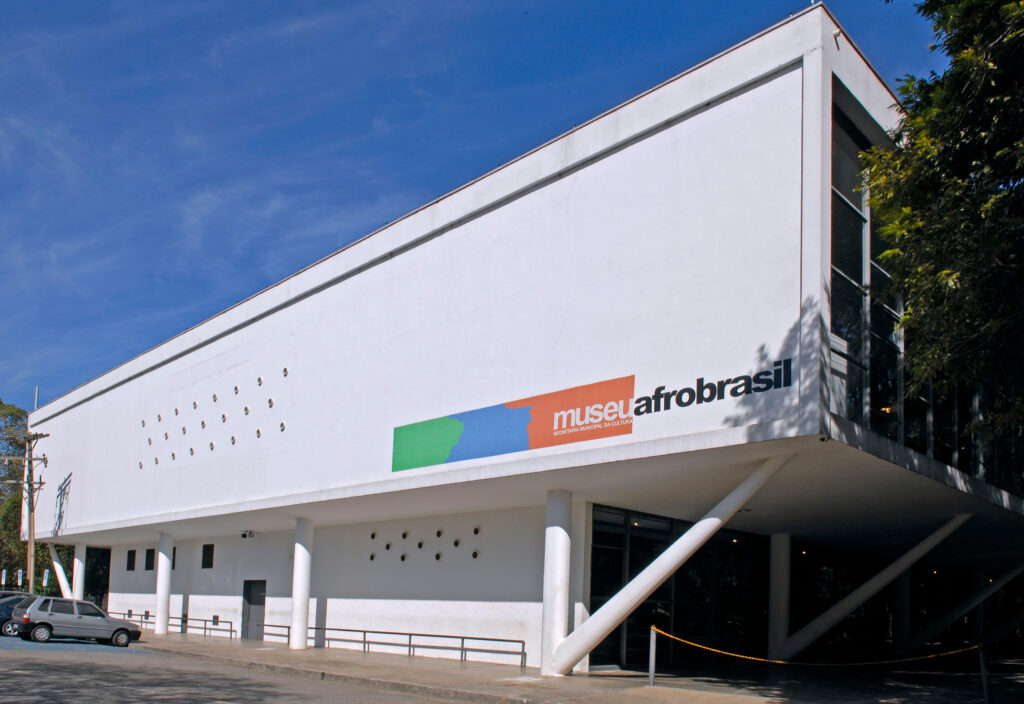
Since its opening in 2004, the Museu Afro Brasil has presented an incredible collection of African art. This unique venue, dedicated to the promotion of national identity through African heritage, offers a fascinating exploration of black culture, from the continent's African origins to contemporary expressions, including the era of slavery, working-class life, carnival, capoeira and samba. You can discover a rich collection of paintings, photographs, engravings, sculptures and documents, as well as many works by French artist Pierre Verger, who has dedicated his life to the study of Afro-Brazilian culture.
16. Discover typical Brazilian culinary specialties
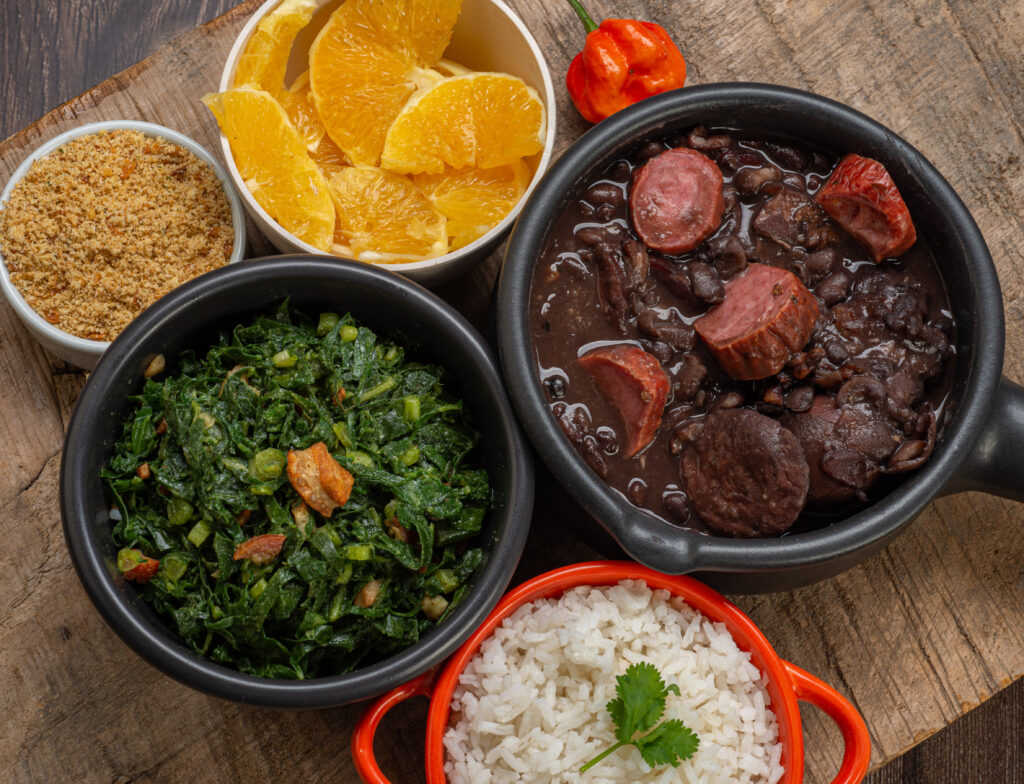
From feijoada, the national dish based on black beans and meat, to churrasco, the famous grilled meat, to moqueca, a fish or seafood stew, Brazilian cuisine is varied and tasty. Don't miss pastels, turnovers filled with meat, cheese or vegetables, coxinhas, chicken croquettes in the shape of a thigh, or brigadeiros, sweets made from condensed milk and chocolate. To accompany all this, there's nothing like a caipirinha, the national cocktail made with cachaça, sugar and lime. With its many restaurants and bars, São Paulo is the ideal place to discover Brazilian gastronomy in all its diversity. Bon appétit!
What to see in São Paulo in 1 day?
If you only have one day to visit São Paulo, here are a few suggestions to make the most of your time:
- Avenida Paulista: Start your day with a stroll along Avenida Paulista, one of São Paulo's most emblematic thoroughfares. Here you'll find impressive skyscrapers, museums, art galleries, boutiques and cafés.
- MASP - Museu de Arte de São Paulo: Located on Avenida Paulista, the MASP is a must for art lovers. This museum houses an important collection of European and Brazilian art, as well as fascinating temporary exhibitions.
- Parque Ibirapuera: Take a break from the hustle and bustle of the city at Parque Ibirapuera, one of São Paulo's largest green spaces. You can stroll through the gardens, rent a bike, visit the Japanese pavilion or simply relax and enjoy nature.
- Vila Madalena: Next, explore the bohemian neighborhood of Vila Madalena, renowned for its colorful streets, impressive graffiti, art stores and lively bars. It's a great place to have lunch and discover São Paulo's urban culture.
- Mercado Municipal: Round off your day at the Mercado Municipal, a historic food market where you can sample local specialties such as the famous "mortadella sandwich". Don't forget to sample the fresh fruit juices and exotic fruits offered by the vendors.
Of course, these are just a few suggestions among many others. São Paulo is a dynamic city with a multitude of attractions to discover, but even in one day, you can make the most of it by exploring these iconic places.
Looking for an unforgettable helicopter experience over São Paulo? Go here to book your flight and enjoy a view of the city's most emblematic sites, such as Sé Cathedral, Paulista Avenue and Ibirapuera Park.
What to see in São Paulo in 3 days?
If you have an extra two days in São Paulo, you can explore more of the city and discover other aspects of its culture, history and urban life. Here are a few suggestions to complete your itinerary:
Day 2 :
- Centro Histórico (Historic Centre): Explore the historic heart of São Paulo, visiting sites such as the Pátio do Colégio, the city's founding site, São Paulo Cathedral and the Mosteiro de São Bento, home to a magnificent Baroque church.
- Pinacoteca do Estado de São Paulo: This art gallery is one of the oldest and most important in Brazil, with an impressive collection of Brazilian and international works of art. It is located in the Luz district, near the Luz train station, which itself is worth a visit for its architecture.
- Liberdade: Discover São Paulo's Japanese quarter at Liberdade, where you can sample delicious Japanese cuisine, buy souvenirs and admire torii gates and other architectural features reminiscent of Japan.
Day 3 :
- Instituto Butantan: Visit this renowned biomedical research institute, which also houses a museum on snakes, arachnids and other venomous animals. It's a unique experience that offers a fascinating insight into Brazil's biodiversity.
- Sesc Pompeia: Relax and enjoy the cultural facilities at Sesc Pompeia, a cultural complex featuring theaters, exhibitions, sports and leisure activities. It's the perfect place to spend a relaxing afternoon discovering local culture.
- Bairro da Liberdade in the evening: In the evening, head back to Liberdade to discover this district's lively nightlife. You'll find a wide variety of restaurants, bars and cafés where you can sample traditional dishes and enjoy the lively atmosphere.
Is São Paulo a dangerous city?
As in any big city, there are some areas in São Paulo that are safer than others, and there are precautions to be taken to avoid risky situations. However, it's important not to generalize and to consider São Paulo as a dangerous city as a whole. In fact, the city has seen a significant drop in crime in recent years, and many neighborhoods are now perfectly safe for tourists. It is advisable to find out about areas to be avoided and to follow the usual safety advice, such as not showing off valuables, not walking alone at night in unfamiliar neighborhoods and being cautious on public transport. By following these guidelines, you'll be able to make the most of your stay in São Paulo and discover the many treasures the city has to offer.
Where to stay in São Paulo?
In São Paulo, you'll find a multitude of accommodation options to suit all budgets and preferences. Known for its lively nightlife, colorful streets and bohemian ambience, Vila Madalena is an ideal neighborhood for travelers looking for a laid-back atmosphere. Located in the southern part of São Paulo, Itaim Bibi is a modern and dynamic district, renowned for its trendy restaurants, fashionable bars and shopping malls. It's a good choice if you want to be close to the city's financial and business districts. If you prefer to be in the heart of the action, downtown São Paulo offers many affordable and well-located accommodation options. You'll be close to many sights, such as Sé Cathedral, the Municipal Theater and the Municipal Market.
Discover our three favorite accommodations in São Paulo!
Located next to the famous Ibirapuera Park, the city's green and cultural lung, this is one of São Paulo's most luxurious hotels. Its 212 spacious rooms are of the highest quality and refinement. The hotel features the renowned Aquarelle restaurant and the Boulangerie Mercure café. There's also a fitness center, swimming pool, tennis court, sauna and beauty salon. Click here to book your stay!
This hotel reflects the image of the trendy, bohemian Pinheiros district: young, designer and arty. The rooms, which you can book right here, are comfortable and all different, decorated with photos by authors. The hotel rents out bicycles and offers various services (espresso coffee, airport transfer, etc.), which is very practical!
- Best value for money: Hotel Rivoli
This is a traditional address for travelers: located just a stone's throw from Republic Square and the Republica metro station, it has been an excellent option for budget travelers for many years. The welcome is friendly and the breakfast particularly hearty.
As in any big city, in São Paulo there are some neighborhoods that are safer than others, and precautions to be taken to avoid risky situations. However, it's important not to generalize and consider São Paulo as a dangerous city as a whole. In fact, the city has seen a significant drop in crime in recent years, and many neighborhoods are now perfectly safe for tourists. It is advisable to find out about areas to be avoided and to follow the usual safety advice, such as not showing off valuables, not walking alone at night in unfamiliar neighborhoods and being cautious on public transport. If you follow these instructions, you'll be able to make the most of your stay in São Paulo and discover the many treasures the city has to offer.Tempted by a vacation in Brazil? Take advantage of a discount by booking your travel insurance here and leave with peace of mind! And don't forget to read our dedicated article What to see and do in Brazil? The 17 most beautiful places to visit to best prepare your itinerary!
Did you know that Brazil is home to one of the most secret places in the world? It is strictly forbidden to enter the 48,000 km2 of the Javari reserve, home to over a hundred indigenous tribes who have no contact with the outside world!
Find out more about the trendiest things to do in São Paulo below:


